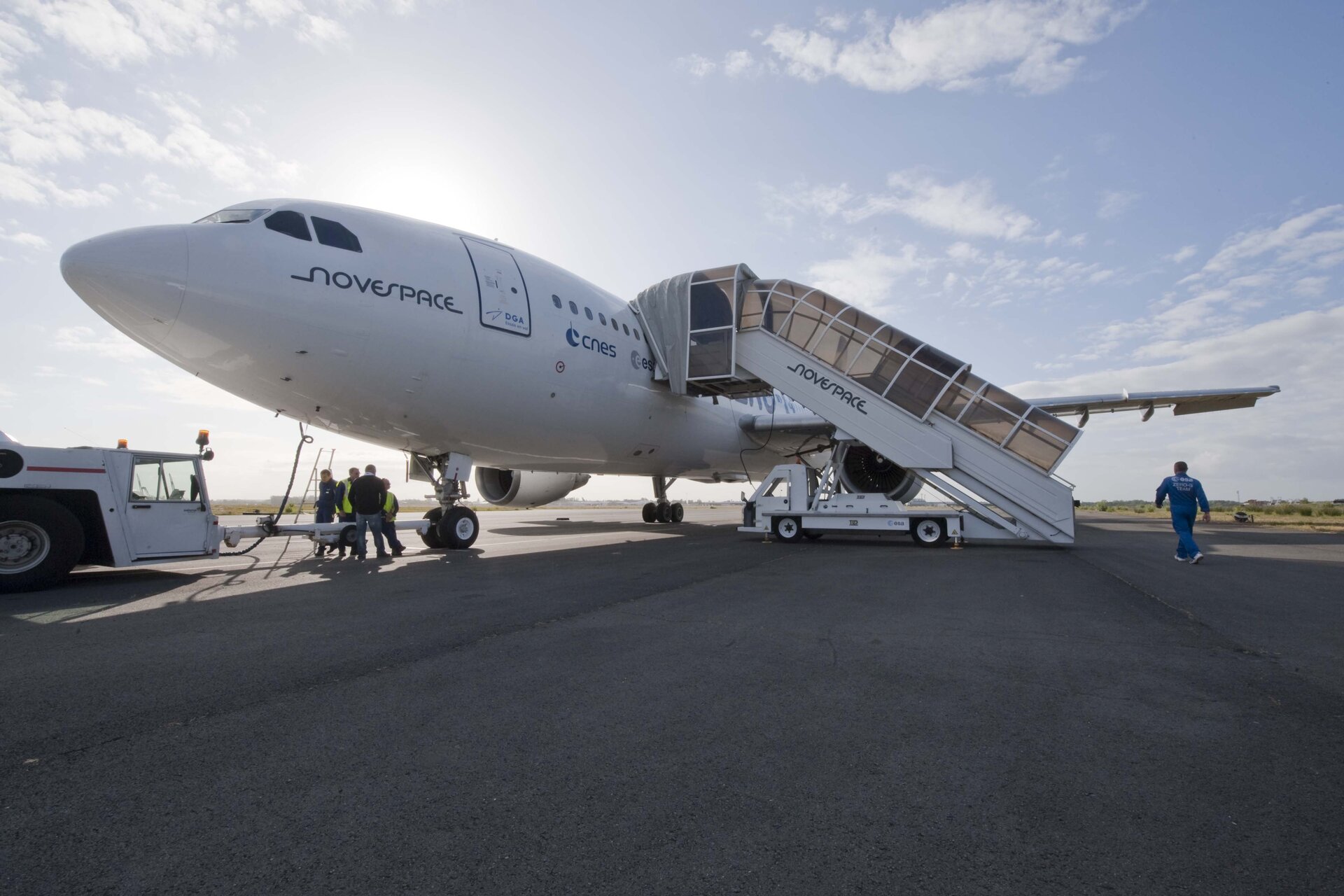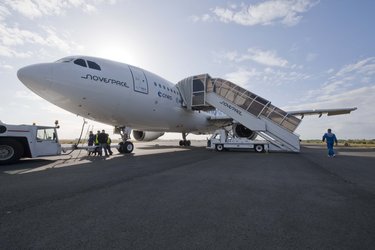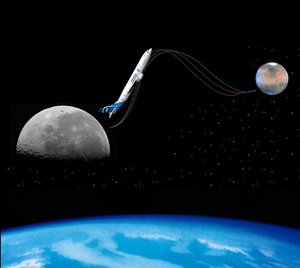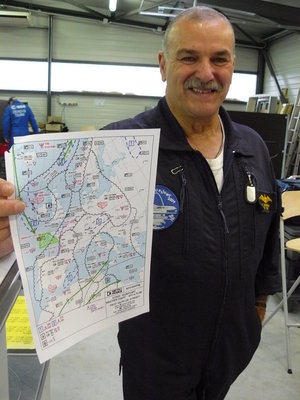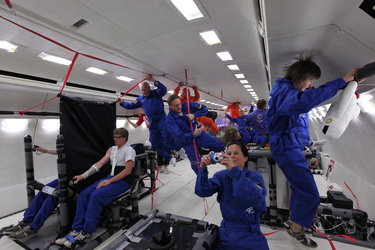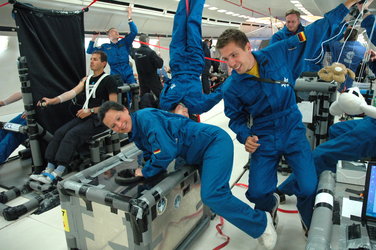Europe’s new way to experiment in partial gravity
A new way to fly experiments is going on in Bordeaux this week on the first campaign dedicated to research in ‘partial’ gravity. Scientists on Europe’s ‘Zero-G’ Airbus are experimenting with gravity conditions like those on the Moon and Mars. Daily updates!
The Joint European Partial-g Parabolic Flight campaign is an unprecedented research mission organised jointly by ESA and the French and German space agencies, CNES and DLR.
The pilots will follow special parabolic paths to create Moon and Mars gravity conditions for at least 25 seconds each time. The final parabola will provide full weightlessness for the experiments.

Each flight can provide a total of up to 12 minutes of partial gravity inside the aircraft. The Airbus A300, owned by Novespace, will perform consecutive flights on the three days starting tomorrow from Mérignac-Bordeaux airport, France.
Thirteen European experiments selected by the three agencies will test the effects of partial gravity.
The scientists’ response to this new partial gravity opportunity has been enormous. “This is a unique campaign in the world, and we have received outstanding scientific proposals from all over Europe,” say the agencies’ project managers.
The science behind the flights

The experiments cover a wide range of research, such as biology, human physiology and physics, as well as technology demonstrations. The goal is improve our knowledge about how systems react to different accelerations and where the level of sensitivity is.
“Lunar and martian reduced-gravity environments will provide scientists with additional data at different gravity levels,” explain the campaign’s managers.
The physical behaviour of bubbles, dust and granular packing will be closely monitored. Engineers will test technologies for the ExoMars robotic mission in martian gravity.
Plants and rats are also among the passengers, together with a video game console to be tested as a training device for balance control under reduced-gravity conditions.
A fruitful cooperation

Despite extensive experience with zero-g flights during the last 25 years, European scientists have always been interested in a partial-gravity parabolic flight campaign.
ESA, CNES and DLR worked together to produce a balanced set of 13 experiments. A joint committee made the final selection based on scientific merit and feasibility.
Each agency will perform four experiments, with an extra one devoted to the ESA/NASA ExoMars mission. This first campaign is ideal for providing martian gravity for the mission’s preparations.


